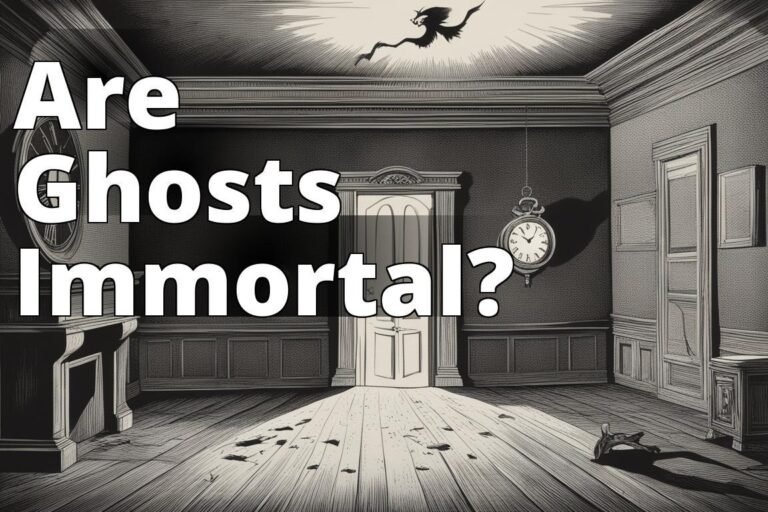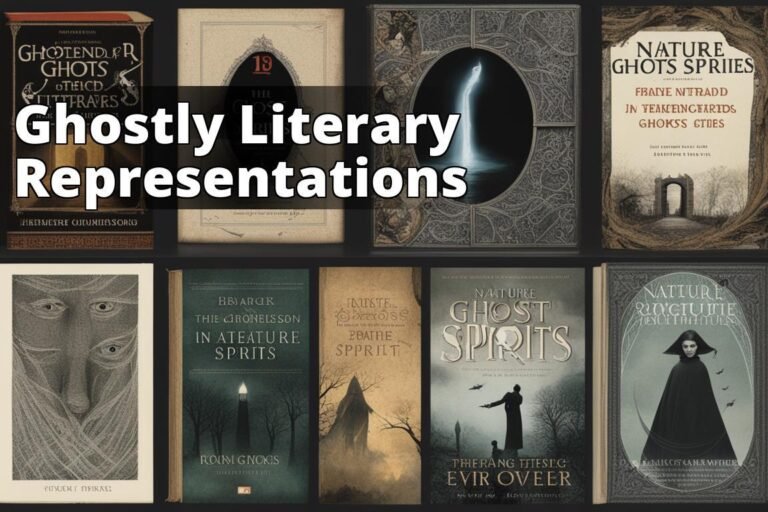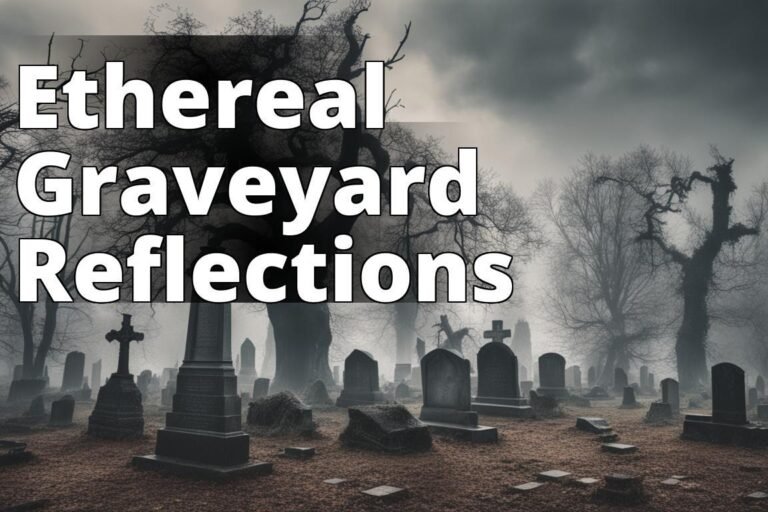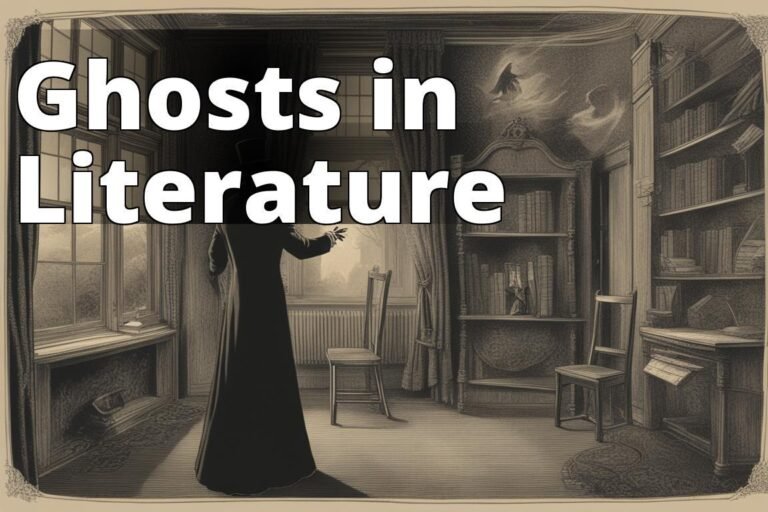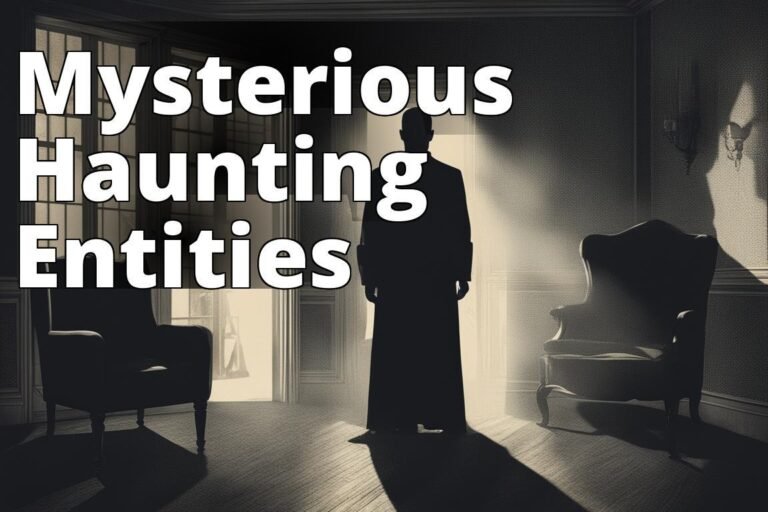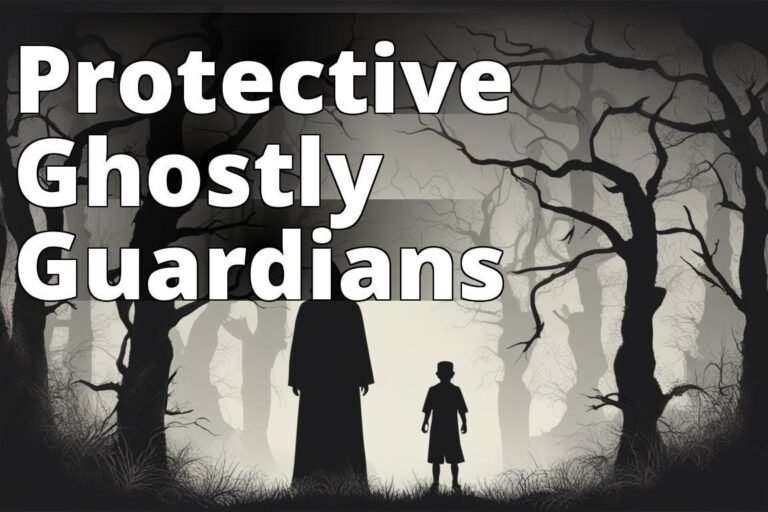7 Types of Hauntings
Have you ever felt a chill down your spine, heard a whisper in an empty room, or seen a shadow dart across the wall? If so, you might have been in the presence of something paranormal. But not all hauntings are the same. Some involve human spirits, while others are the work of neither human spirits nor demons. Understanding the differences could save you a lot of sleepless nights. So, let’s dive into the 7 most commonly reported types of hauntings and their tell-tale signs. Just don’t blame us if you find yourself reaching for the light switch more often than you’d like.
Learn about types of hauntings
- Intelligent haunting involves interaction.
- Residual haunting is like a playback.
- Inhuman spirits are neither human nor demons.
1. Intelligent Haunting
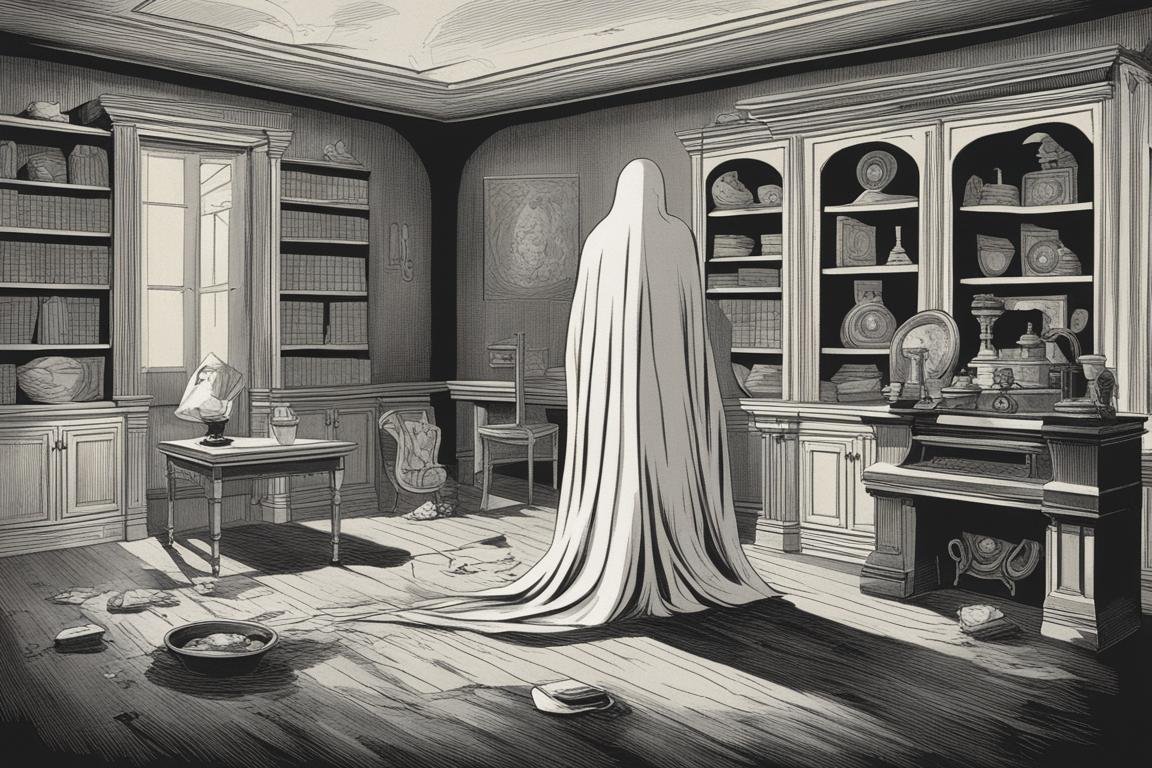
Intelligent hauntings are what most people imagine when they think of ghosts. These are spirits that seem to be aware of the living and can interact with us in various ways. My first encounter with an intelligent haunting was in an old Victorian home where the spirit of a former owner would turn lights on and off and move objects. It’s both fascinating and unnerving to experience.
Insider Tip: Pay attention to patterns. Intelligent spirits often try to communicate by repeating specific actions.
Intelligent hauntings aren’t about fear or malice; they’re about communication. Sometimes, these spirits are just seeking closure or trying to pass on a message. Learn more about intelligent hauntings.
2. Residual Haunting
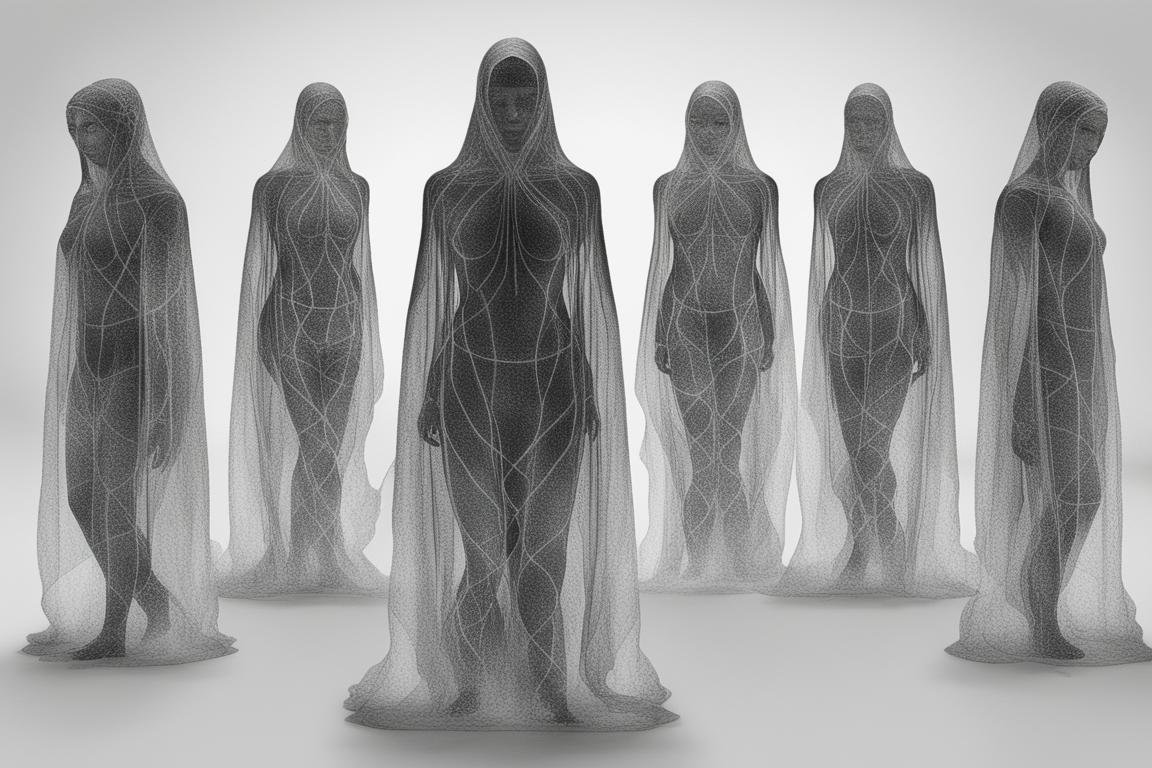
Residual hauntings are like cosmic recordings that replay a moment from the past. These hauntings are not conscious; there’s no spirit trying to communicate. Instead, it’s an imprint left behind, often due to a traumatic event or a repetitive routine during the person’s life. Walking through a battlefield park at dawn, I once heard the faint sounds of cannons and muskets firing, a clear example of a residual haunting.
Insider Tip: Residual hauntings are usually harmless. If you encounter one, observe. You might be witnessing history.
Unlike intelligent hauntings, residual ones don’t interact with the living. They’re fascinating glimpses into the past, showing us moments frozen in time. Discover the secrets of residual hauntings.
3. Poltergeist Activity
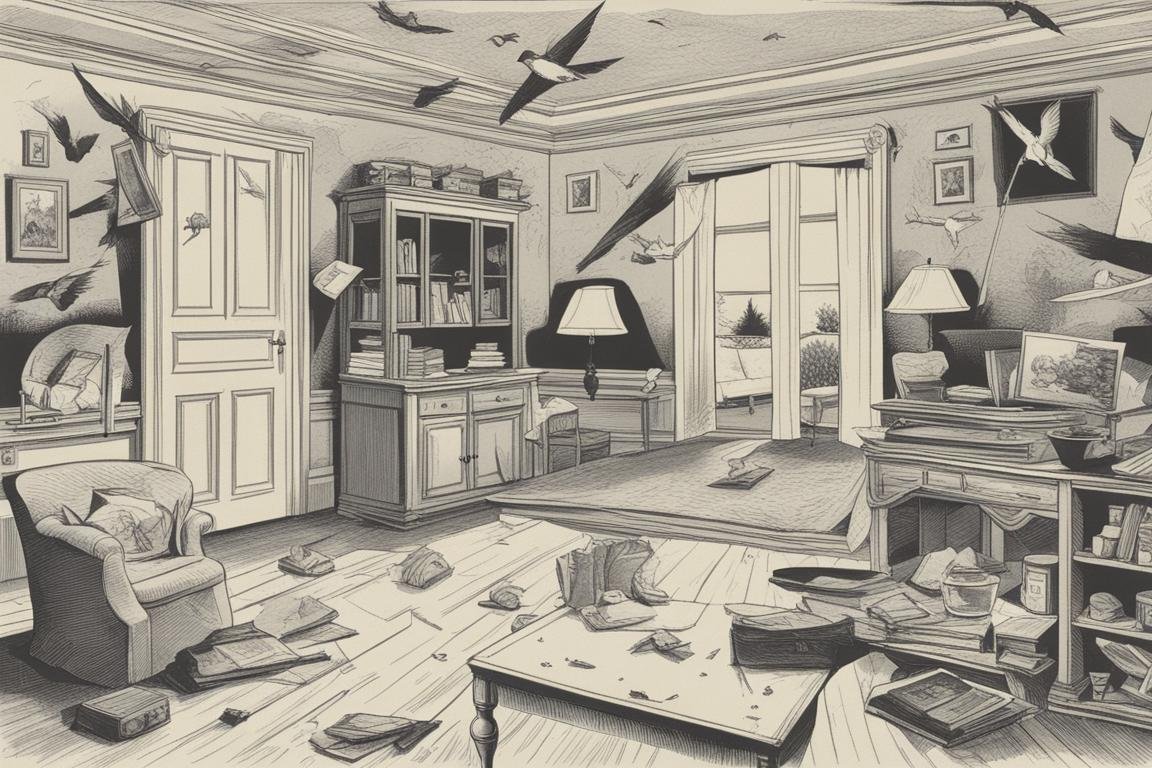
Poltergeist translates to “noisy ghost,” but this type of haunting is more about energy than spirits. Poltergeist activity often centers around a particular individual, usually someone undergoing significant stress or emotional turmoil. I’ve seen cases where objects move, electronics malfunction, and unexplained noises become almost routine. Interestingly, the activity tends to die down once the affected individual’s stress is addressed.
Insider Tip: Focus on the person at the center of the activity. Addressing their needs can often resolve the haunting.
Poltergeist activity is unique because it suggests a link between our emotional state and paranormal phenomena. It’s neither human spirits nor demons at work, but something deeply connected to human energy. Explore the mysteries of poltergeist activity.
4. Demonic Haunting
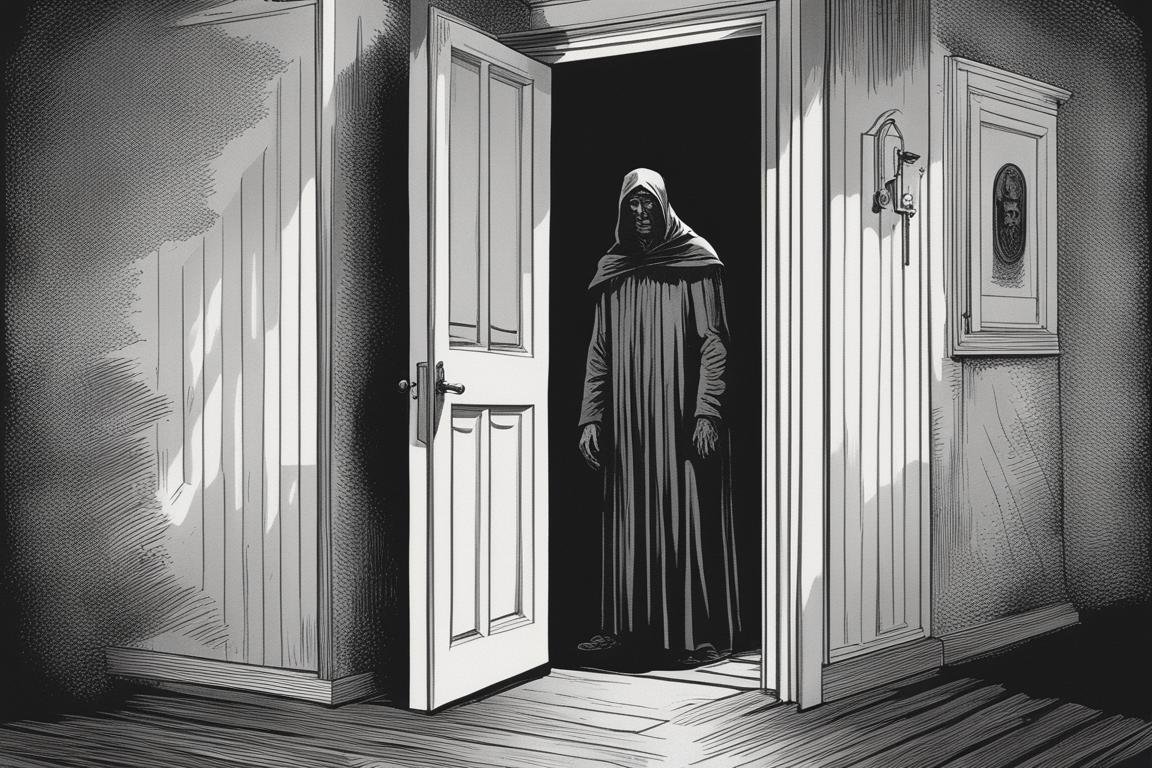
Demonic hauntings are as terrifying as they sound. These are not human spirits but entities that have never lived. Their goal? To cause fear and chaos. My encounter with a demonic haunting involved unexplained scratches, oppressive atmospheres, and the unmistakable feeling of being watched. It’s a type of haunting that requires professional intervention.
Insider Tip: Protection and strong willpower are key. Demonic entities prey on fear and weakness.
Demonic hauntings are rare but dangerous. Understanding the signs can help you seek help before it’s too late. Learn how to protect yourself from demonic hauntings.
5. Shadow People
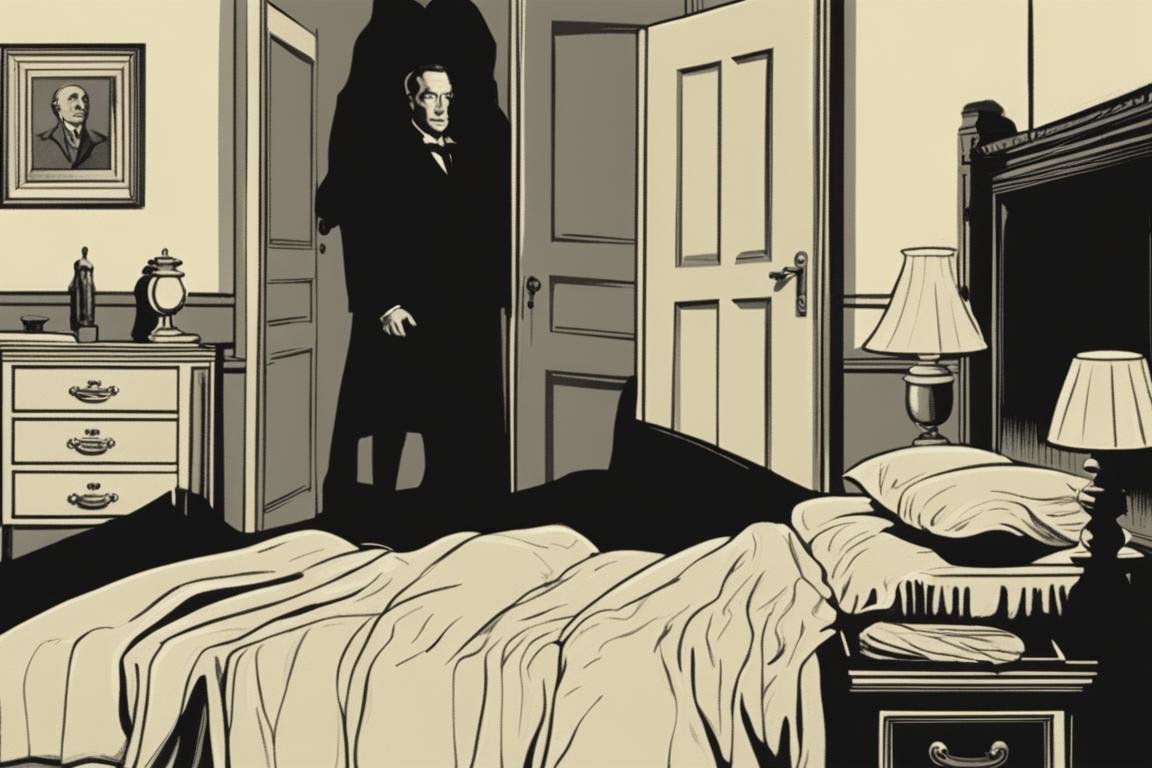
Shadow people are mysterious figures, often seen out of the corner of your eye. They’re usually described as dark, shadow-like silhouettes with no discernible features. Some believe they’re malevolent spirits; others think they might be protectors. My own experiences with shadow people have been neutral, but their sudden appearances are always startling.
Insider Tip: Keep a log of encounters. Identifying patterns can help determine if the shadow person means harm.
Shadow people remain one of the most enigmatic types of hauntings, existing in the realm of neither human spirits nor demons. Their true nature is a mystery waiting to be solved. Dive deeper into the phenomenon of shadow people.
6. Inhuman Spirit
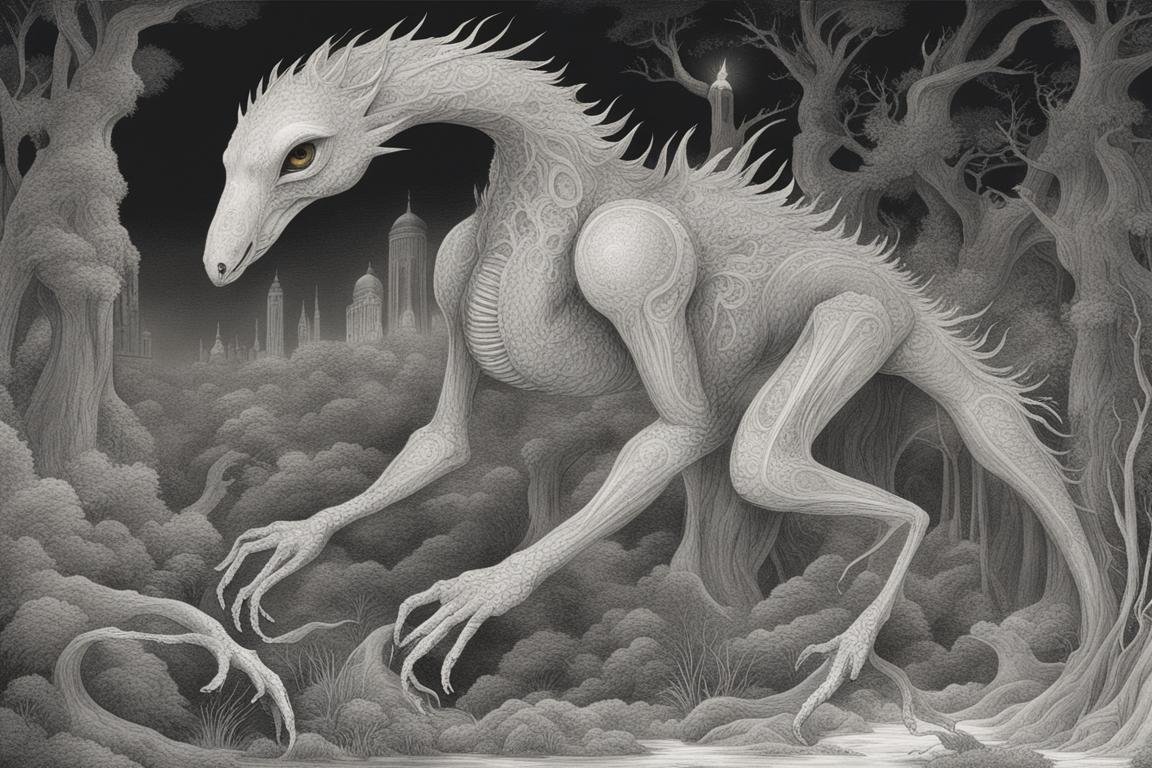
Inhuman spirits are entities that are neither human nor demonic. They might be nature spirits, elementals, or something else entirely. These spirits are often tied to specific locations or natural features. Encountering an inhuman spirit in a dense forest, I felt an overwhelming sense of peace, a stark contrast to the fear associated with demonic hauntings.
Insider Tip: Respect is crucial. Acknowledging these spirits’ space and role in nature can lead to harmonious encounters.
Inhuman spirits remind us of the diversity of the unseen world. They occupy a space that is neither here nor there, challenging our understanding of hauntings. Uncover the secrets of inhuman spirits.
7. Time Slip
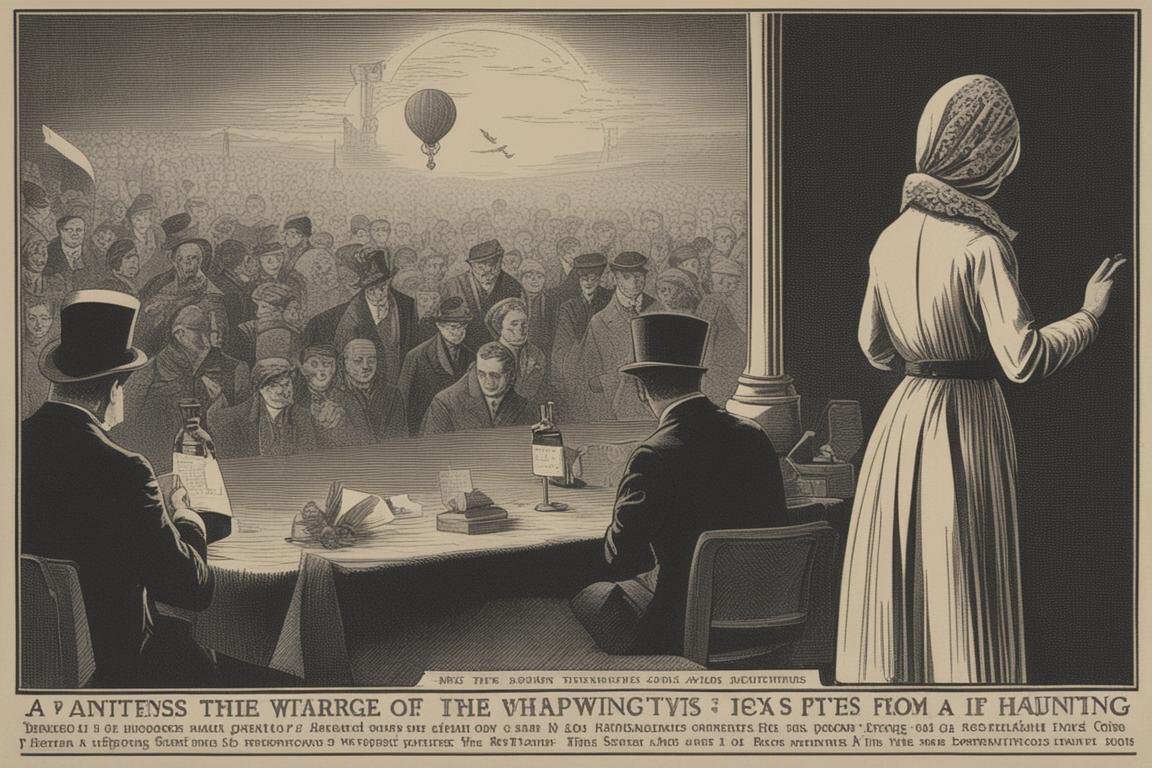
Time slips are fascinating phenomena where an individual seemingly steps into the past for a brief moment. It’s not a haunting in the traditional sense, but it does involve experiencing something paranormal. I once walked down a familiar street, only to find myself surrounded by people and cars from the 1920s. The experience was disorienting but incredible.
Insider Tip: Document everything. Time slips are rare, and every detail can contribute to understanding this phenomenon.
Time slips offer a unique perspective on the nature of reality and time. They remind us that the past, present, and future might be more intertwined than we think. Explore the intriguing world of time slips.
Conclusion
Hauntings come in many forms, each with its own set of characteristics and challenges. While some involve human spirits seeking closure, others are manifestations of energy, inhuman entities, or even glimpses into the past. Understanding these differences can demystify the paranormal and perhaps make the unknown a little less frightening.
Remember, when dealing with the paranormal, respect, protection, and a healthy dose of skepticism are your best tools. Whether you’re facing an intelligent haunting or an encounter with shadow people, knowledge is power. Stay curious, stay cautious, and who knows? Maybe you’ll uncover a thin white lie or two along the way.
For more spine-tingling tales and explorations into the unknown, don’t forget to check out the rest of our site. Sitemap
Questions & Answers
What are hauntings not caused by in the paranormal realm?
Neither human spirits nor demons cause these hauntings.
How can a haunting be classified if not caused by spirits or demons?
Hauntings not involving human spirits or demons are classified differently.
Who or what could be responsible for hauntings outside of spirits or demons?
Other entities or energies may be responsible for such hauntings.
How can one differentiate between a human spirit and other entities in hauntings?
Differentiating involves understanding the nature and behavior of the entity.
What if someone believes all hauntings are caused by human spirits or demons?
It is important to consider other possibilities beyond spirits or demons.
How common are hauntings that do not involve human spirits or demons?
While less common, hauntings by other entities or energies do occur.


